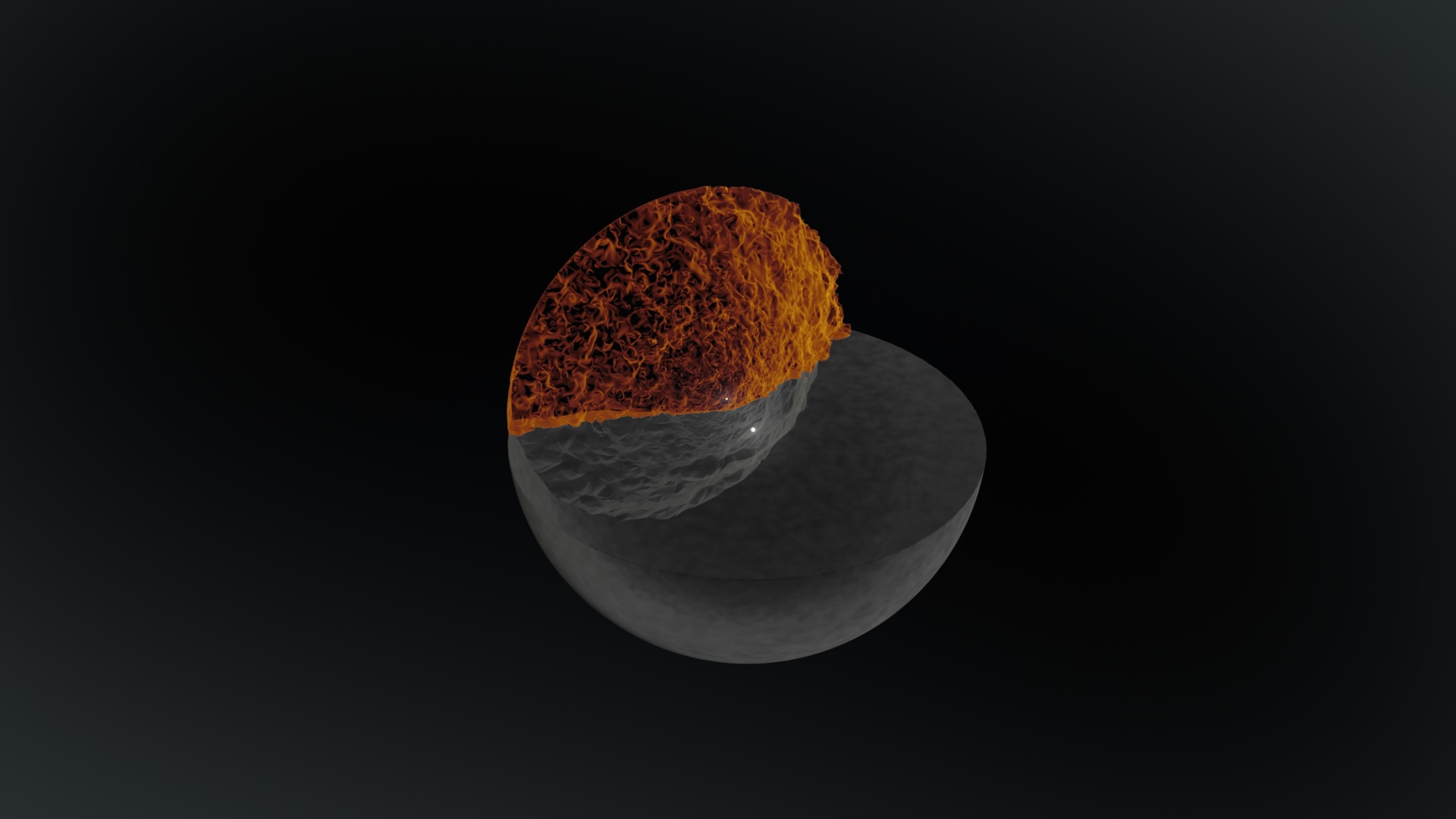
What is Apastron? In the vastness of space, apastron refers to the point in an orbit where a star or planet is farthest from the star it orbits. Imagine a cosmic dance where celestial bodies move closer and then drift apart. This term is specifically used for objects orbiting stars, like planets or other stars in a binary system. Understanding apastron helps astronomers study orbital dynamics, predict celestial events, and comprehend the gravitational influences in a star system. Whether you're a budding astronomer or just curious about the universe, knowing about apastron adds a fascinating layer to our understanding of space.
What is Apastron?
Apastron is a term used in astronomy to describe the point in the orbit of one star around another where the two stars are farthest apart. This concept is crucial in understanding binary star systems and their dynamics.
-
Apastron comes from Greek words "apo" meaning "away" and "astron" meaning "star."
-
In a binary star system, the apastron is the opposite of the periastron, where the stars are closest.
-
The distance between stars at apastron can be several times greater than at periastron.
-
Apastron affects the orbital period of binary stars, making it longer compared to circular orbits.
-
The shape of the orbit, known as eccentricity, determines how far apart the stars are at apastron.
Importance of Apastron in Astronomy
Understanding apastron helps astronomers study the behavior and characteristics of binary star systems. It provides insights into the gravitational interactions and evolution of these systems.
-
Kepler's laws of planetary motion apply to binary stars, explaining their movement around a common center of mass.
-
The orbital speed of stars at apastron is slower compared to periastron due to weaker gravitational forces.
-
Apastron can influence the brightness variations observed in binary stars, known as eclipsing binaries.
-
The mass transfer between stars in a binary system can be affected by their distance at apastron.
-
Studying apastron helps in understanding the formation and evolution of stars.
Measuring Apastron
Astronomers use various methods and tools to measure the distance and characteristics of apastron in binary star systems.
-
Spectroscopy helps in determining the velocity and distance of stars at apastron.
-
Astrometry involves precise measurements of star positions to calculate their orbits.
-
Light curves from eclipsing binaries provide data on the timing and distance of apastron.
-
Radio telescopes can detect emissions from binary stars, aiding in apastron measurements.
-
Space telescopes like Hubble offer high-resolution images to study distant binary systems.
Apastron in Different Types of Binary Systems
Binary star systems come in various types, and apastron plays a role in each of them. These systems can be classified based on their separation, mass, and interaction.
-
Detached binaries have stars that do not fill their Roche lobes, with significant distance at apastron.
-
Semidetached binaries involve one star filling its Roche lobe, affecting mass transfer at apastron.
-
Contact binaries have stars sharing a common envelope, making apastron less distinct.
-
Visual binaries can be directly observed through telescopes, allowing easy measurement of apastron.
-
Spectroscopic binaries require spectral analysis to determine apastron due to their close proximity.
Interesting Facts about Apastron
Apastron is not just a technical term; it has fascinating implications and connections to other astronomical phenomena.
-
The gravitational waves emitted by binary stars can vary depending on their distance at apastron.
-
X-ray binaries show different emission patterns at apastron due to changes in accretion rates.
-
Pulsar binaries have precise timing measurements that reveal details about apastron.
-
Black hole binaries can have extreme distances at apastron, affecting their detection.
-
The study of apastron helps in the search for exoplanets in binary star systems.
-
Gravitational lensing can be influenced by the position of stars at apastron.
-
Stellar evolution models incorporate apastron to predict the future behavior of binary systems.
The Final Word on Apastron
Apastron, the point in an orbit where a star or planet is farthest from its partner, holds a treasure trove of fascinating facts. From its role in shaping celestial mechanics to its impact on our understanding of the universe, apastron is more than just a distant point in space. It influences the orbits of binary stars, affects gravitational forces, and even plays a part in the formation of new stars. Understanding apastron helps astronomers predict orbital behaviors and uncover the mysteries of cosmic relationships. So next time you gaze at the night sky, remember that apastron is a key player in the grand dance of the cosmos. Keep exploring, keep questioning, and let your curiosity guide you through the wonders of the universe.
Was this page helpful?
Our commitment to delivering trustworthy and engaging content is at the heart of what we do. Each fact on our site is contributed by real users like you, bringing a wealth of diverse insights and information. To ensure the highest standards of accuracy and reliability, our dedicated editors meticulously review each submission. This process guarantees that the facts we share are not only fascinating but also credible. Trust in our commitment to quality and authenticity as you explore and learn with us.
